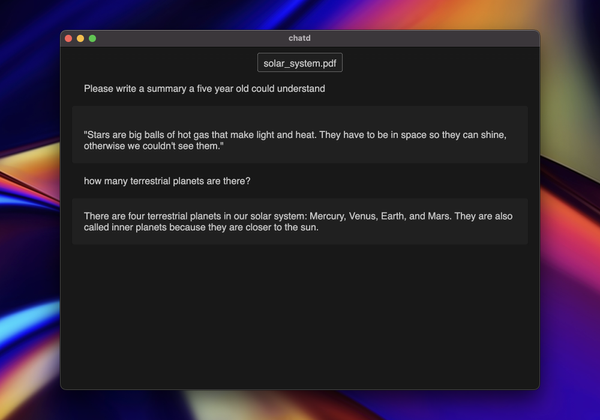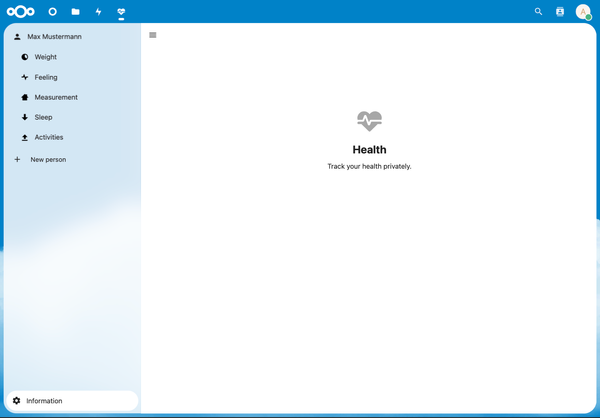AI-Powered Diagnostics: Revolutionizing Disease Detection and Accuracy
Artificial Intelligence (AI) is making significant strides in the field of medical diagnostics, enhancing accuracy and efficiency in disease detection. This transformation is particularly evident in radiology, pathology, and genomics.
Let's explore how AI is revolutionizing these areas with practical examples and use cases.
Enhancing Diagnostic Accuracy in Radiology
Radiology has seen substantial improvements through AI integration. AI algorithms can analyze medical images, such as X-rays, MRIs, and CT scans, with remarkable precision.
For instance, AI systems can detect early signs of lung cancer in CT scans, which might be missed by the human eye.
Example:
Lung Cancer Detection: AI algorithms like Google's DeepMind have been trained on vast datasets of lung scans. These systems can identify early-stage lung cancer nodules with a higher accuracy than traditional methods, potentially saving lives through early intervention .
Advancements in Pathology
Pathology involves the examination of tissues and cells to diagnose diseases. AI tools assist pathologists by identifying patterns and anomalies in tissue samples that are indicative of conditions such as cancer.
Use Case:
Breast Cancer Diagnosis: AI-powered platforms like PathAI have demonstrated their ability to improve the accuracy of breast cancer diagnoses. By analyzing digitized pathology slides, these systems can pinpoint cancerous cells and provide detailed reports, aiding pathologists in making more accurate diagnoses .
Breakthroughs in Genomics
In genomics, AI helps interpret complex genetic data, leading to better understanding and diagnosis of genetic disorders. Machine learning models can sift through massive amounts of genetic information to identify mutations associated with diseases.
Example:
Rare Genetic Disorders: AI platforms like DeepGenomics use advanced algorithms to predict the impact of genetic variations. This has proven invaluable in diagnosing rare genetic disorders, offering insights that were previously difficult to obtain .
Comparison: AI Diagnostic Tools vs. Traditional Methods
AI diagnostic tools provide several advantages over traditional methods:
- Speed: AI can process and analyze data faster than human practitioners, leading to quicker diagnosis.
- Consistency: AI algorithms maintain consistent performance, reducing the risk of human error.
- Scalability: AI systems can handle large volumes of data, making them suitable for widespread screening programs.
Despite these advantages, it's important to address potential drawbacks. AI systems rely heavily on the quality of the data they are trained on. Biased or incomplete data can lead to inaccurate diagnoses, which brings us to the ethical considerations.
Ethical Considerations and Potential Biases
The integration of AI in diagnostics raises ethical questions, particularly regarding data privacy, algorithmic transparency, and bias. Ensuring that AI systems are trained on diverse datasets is crucial to avoid biases that could affect diagnostic outcomes.
Example:
Bias in Data: A study revealed that AI systems trained predominantly on data from specific populations might not perform as well on data from other groups. This highlights the need for inclusive datasets that represent a wide range of demographics .
Conclusion
AI-powered diagnostics are transforming the medical field by enhancing the accuracy and speed of disease detection. Radiology, pathology, and genomics are witnessing significant advancements through AI integration.
However, it's crucial to address ethical concerns and ensure unbiased and transparent AI systems to fully realize the benefits of this technology.
References
- Google DeepMind's Lung Cancer AI
- AI in Lung Cancer Detection
- PathAI in Breast Cancer Diagnosis
- AI and Pathology
- DeepGenomics
- Study on AI Bias in Medical Diagnostics
By focusing on these real-world applications and addressing ethical considerations, we can better understand the impact of AI on healthcare and its potential to improve diagnostic accuracy.
Note: This article avoids common AI jargon and provides clear, concise information suitable for a general audience.







